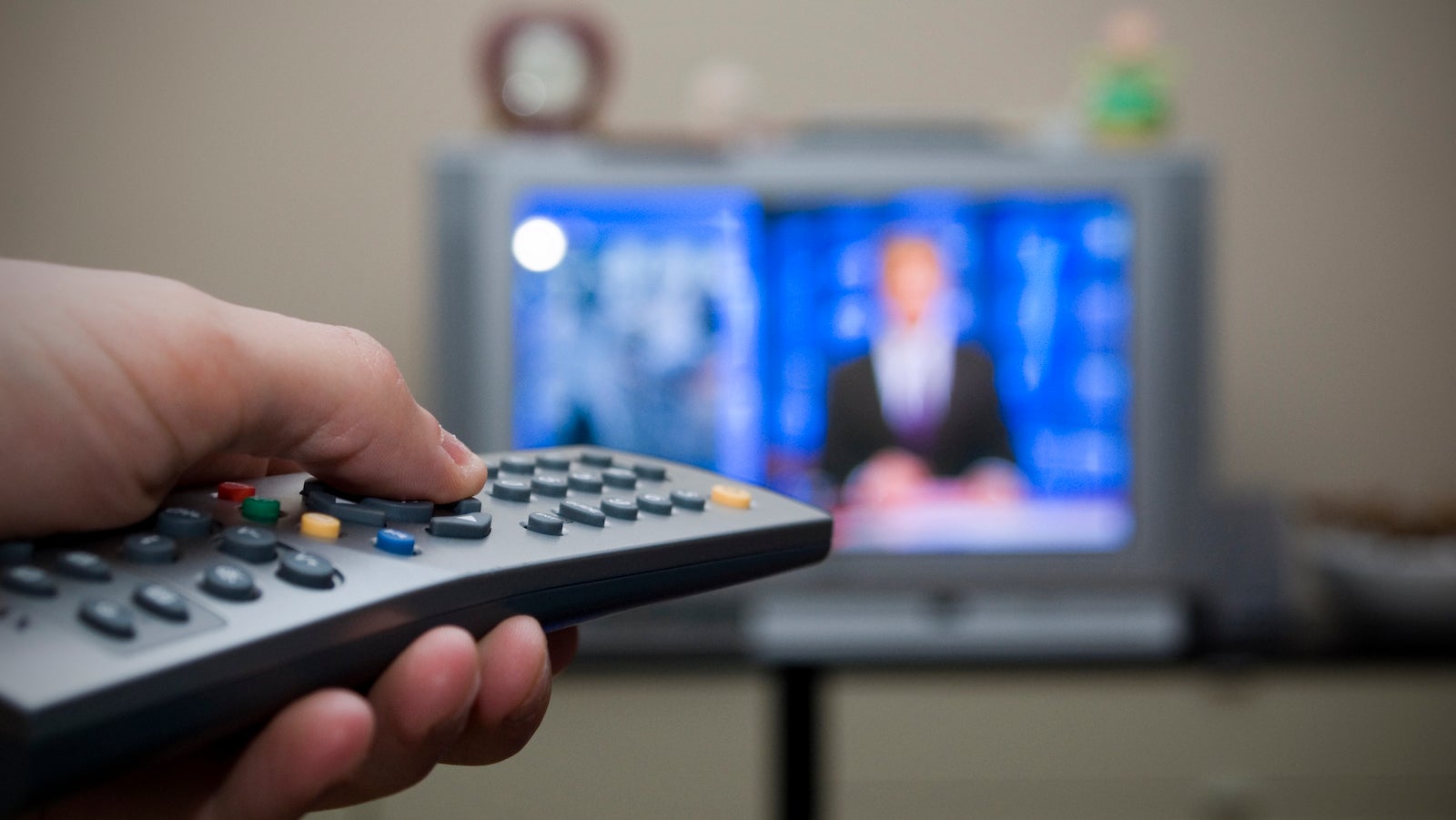Cable companies are raising their rates again—but still don’t want you to defect to Netflix
Americans are increasingly cutting cords and gravitating toward newer, cheaper ways to access media. Smartphone data plans are replacing broadband internet subscriptions, and video streaming sites are slowly edging out cable television.


Americans are increasingly cutting cords and gravitating toward newer, cheaper ways to access media. Smartphone data plans are replacing broadband internet subscriptions, and video streaming sites are slowly edging out cable television.
The latter upheaval is particularly dramatic. Roughly 15% of American adults are now cord cutters (pdf, pg. 3)—meaning they once had a cable or satellite TV subscription, but no longer—and another 9% have never had a subscription at all, according to a recent Pew Research survey. Of all the people without cable or satellite service, an overwhelming 71% say it’s because the packages are too expensive. And they’re right: Cable bills have grown 6% every year since 1995, outpacing inflation by 47%.
Now, as 2015 draws to a close, cable prices are set to creep up once again.
Comcast, Time Warner, AT&T/DirecTV, and Dish will all raise their rates early next year, according to reports from Bloomberg, The Consumerist, and several other sources. Though price hikes will differ depending on specific packages, some customers can expect to see their rates shoot up by more than $10 a month. Fees unrelated to channels and bundles—such as charges for cable modem rentals, digital adapters, remote controls, and DVRs—will go up, too.
It’s something of an inevitability. As more people defect to streaming services like Netflix, Hulu, and Amazon Prime for packaged entertainment, programming providers such as sports networks and local broadcast channels can command more power on pay-TV services and raise their rates. The costs are then passed down to consumers; those higher fees, in turn, motivate more people to cancel their subscriptions and move to streaming. Rinse, repeat.
But despite this vicious cycle of price hikes, cable companies are still bent on doing whatever they can to keep people from being lured away to streaming services.
To discourage cable subscribers from severing ties, traditional TV companies are experimenting with new ways of presenting media—including setting up online versions of their networks, ramping up live sports programming (one of the few reasons most people cling to their cable packages), and chopping out advertising time. To an extent, these efforts have been well-received. But they’re definitely not enough to win Americans over.
Netflix’s strategies, on the other hand—cranking out original content, reviving popular old shows, and scoring major licensing deals—are working quite well, especially paired with the service’s low monthly fee; $8 is the starting rate for US subscribers.
Even cable companies acknowledge the service’s prowess in differentiating itself. “We have a couple of series… they’re not at the level of some of Netflix content,” AT&T CEO Randall Stephenson publicly admitted at a recent conference. He added, “Netflix is probably the master at this.” Now, it remains to be seen whether cable can successfully play catch-up.